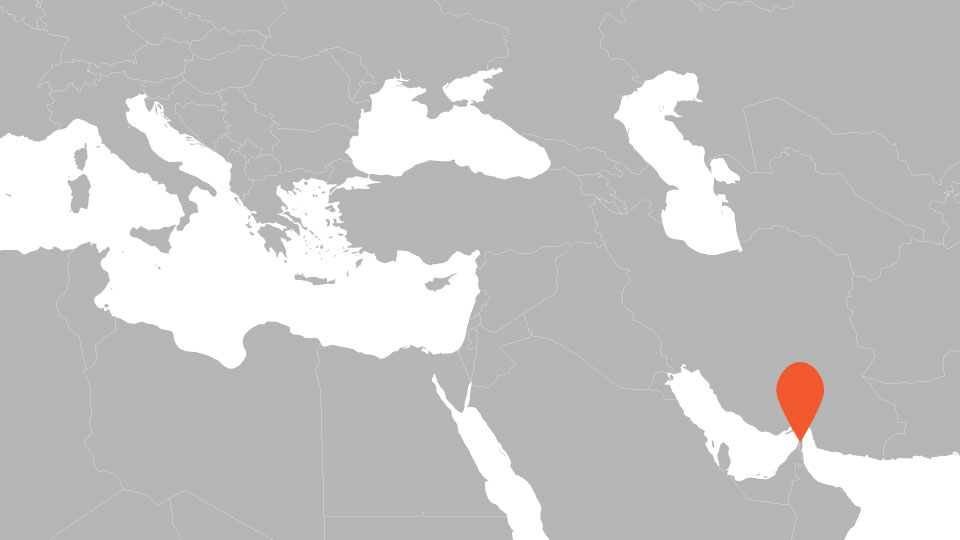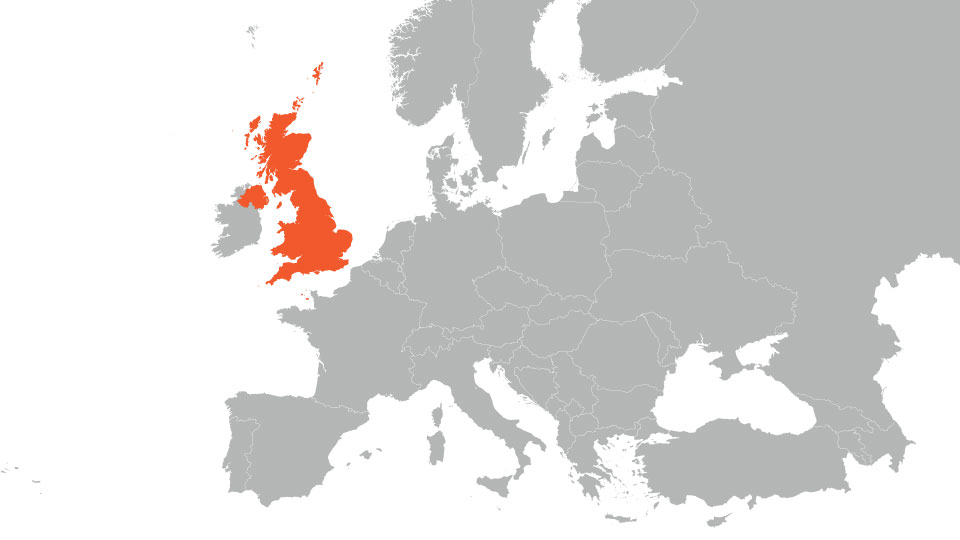Forming a Canadian Company

 Incorporation time: 5 days
Incorporation time: 5 days Shelf companies: Yes
Shelf companies: Yes Accounting: Yes
Accounting: Yes
 Secretary: Yes
Secretary: Yes Nominee Shareholder: Yes
Nominee Shareholder: Yes Nominee director: Yes
Nominee director: Yes
TAX: 5%
History of Canada
Canada, bordering the north of the USA, is the world’s second largest country. As a former French, and later British colony, Canada is influenced by these two cultures and retains the Queen of England as the head of state. Canada comprises ten provinces and three territories, it is highly developed and industrialized, generating wealth from its many natural resources.Canada as an Offshore Destination
Canada is a strong offshore destination since it allows business to be done quickly and above all very simply. It benefits from its excellent reputation (the best along with Hong Kong), powerful banks and flexible legislation. The country also offers its companies the ability to sell products into the United States through several treaties established with its neighbour. Only two Canadian provinces offer the offshore tax rate of 5%. Canadian offshore companies offer limited liability and may hold shares in foreign companies. There are several types of Canadian companies: resident, non-resident, transient, nominee and agent. The establishment of an offshore company requires no minimum capital and, in some regions, does not require any local presence. Canadian offshore companies are not taxable if they have no activity in Canada.Canada Summary
Canada is a new player in the world of offshore companies with some provinces, including Quebec, offering low tax companies. Canada is the most preferable destination for compliant tax planning since it has no negative offshore reputation and no association with tax avoidance or evasion. It is by far one of the best neutral jurisdictions, providing offshore benefits without any of the traditional offshore drawbacks.Types of Canadian Company
The formation of a Canadian company can be accomplished by a notary or a lawyer, and takes around five days.| Legal Entity | Share Capital | Number of Shareholders, Members or Partners |
|---|---|---|
| Sole Trader | Not Applicable | A sole trader is personally liable for all business debts. Liability extends to private wealth, no limited liability. |
| General Partnership | Not Applicable | Minimum of two partners. Unlimited liability for debts and obligations, liability is joint and several. |
| Capital Company (Corporation) | No minimum capital | One-person limited liability company with capital of various shareholders. |
| Private company with a Canadian shareholder | No minimum capital | Limited liability. |
| Private Limited Company | No minimum capital | One shareholder required, liability limited to the capital which may be nominal. |
| Public company | No minimum capital | Investment partners, limited liability. |
| Cooperative | No minimum capital | Two members required, limited liability. |
Different tax rates
In Canada, corporate income is taxed at 5%; long-term capital gains are included in the calculation of taxable profit. It is possible to have tax deductions on general expenses and company training, as well as on fixed assets. It is possible that some cities will impose a business tax. The rate applied is at their discretion.
There are three sales taxes :
- Goods and Services Tax (GST),
- Harmonized Sales Tax (HST),
- Provincial sales taxes (PST).
More specifically, goods and services are taxed at 5% + a provincial tax ranging from 0 – 10 %. HST at 13% only applies in Newfoundland and Labrador, Nova Scotia and New Brunswick. Meanwhile, income tax is as follows :
Federal tax rates: 15 – 29% progressive – Provincial tax rate: 10 – 24% progressive
Moving house costs, living allowances, investment, medical and school fees are tax deductible. France and Canada signed a Double Tax Avoidance Agreement in 1975 (amended in 1995).
Links : Canadian Department of Finance Canadian Legal Information Institute The Canada Revenue Agency
Accounting essentials
Canadian accounting standards were introduced by the Canadian Accounting Standards Board of the Canadian Institute of Chartered Accountants. Annual accounts are based on Generally Accepted Accounting Principles.
The tax year runs from 1st January to 31st December, it is nevertheless possible to define one’s own tax year when creating the company. Companies, other than banks, insurance companies and public bodies, must follow CICA guidelines.
Financial accounts must consist of a balance sheet, a profit and loss account, a statement of retained earnings and a cash flow statement. Financial reports and balance sheets are annual, as are external auditor inspections.
Links :
Canadian Institute of Chartered Accountants (CICA) Canadian Public Accountability Board (CPAB) Ordre des Comptables Professionnels Agrées du Québec (CPA)
Trade and Market Information
Following the 2008 crisis, Canada implemented economic recovery and foreign trade recovery plans. Thanks to consumers’ renewed confidence in the market, growth resumed in the country and was estimated at 3.3% in 2014. The Canadian Government wants to restructure its health and retirement systems.
The country has a primarily tertiary economy (more than 60%), benefiting from the dynamism of services, particularly in telecommunications, internet, tourism and aerospace. Industry is also strong in several sectors: renewable energy, forestry, hydrogen and fuel cells, metals and minerals (nickel, zinc, uranium), fishing and, finally, oil and gas.
The manufacturing sector accounts for one-third of the GDP. Canadian agriculture employs less than 2% of the active population but makes Canada one of the largest agricultural exporters in the world; it produces 10% of the world’s GMOs.
60% of Canada’s GDP depends on trade, making it a very outward-looking region. 80% of its exports are destined for the United States, its nearest neighbour, with which Canada mainly trades in energy (oil, gas, uranium and electricity). The European Union, China, and Mexico are its other main partners.
Canada’s Economic Strengths
- Canada has a qualified workforce.
- Ease of access to raw materials.
- The country has one of the world’s most dynamic economies.
- Very modern transport.
- Quality infrastructure.
- The country is dependent on imports from the United States.
- The financial system is still shaky.
Canada has a low tax rate and social contributions are very low compared with those of other developed countries. Canadian companies enjoy greater tax incentives than in the United States.
Access to and functioning of the market
Canada is a member of World Trade Organization and the OECD, signatory of the Kyoto Protocol, the Washington Convention, the Basel Convention and the Montreal Protocol. The country is part of NAFTA, the NACC, OAS, the Commonwealth and APEC.
The country’s imports are regulated by the Canada Customs Act which states that the vast majority of goods do not require any approval, based on a much liberalised trading system. Some terms, referred to as tariff quotas, are still present on wheat, barley, cheese and beef.
One of these quotas may be obtained by applying for a General Import Licence from the Directorate of Import Control of the Ministry of International Trade. Canada has adopted many anti-dumping measures, particularly in the metallurgical sector. The customs tariff is 4.8%.
Canada is quite sensitive due to the vastness of the territory. That is why many companies have established multiple warehouse and relay zones throughout the country. American brands like Costco, Wal-mart or Home Depot have radically changed Canadian distribution. Sobey and Loblaw are present in the food sector.
In Canada, road transport is very influential since it accounts for 50% of total freight. The country’s largest port is located in Vancouver; it is among the five largest ports in North America. Altogether, 68.9 million tonnes of goods pass through Canadian ports.
The production of goods and services in the country is very varied and depends on the provinces :
| Provinces/Territories | Main production |
|---|---|
| Alberta | Petrochemistry, oil sands |
| British Columbia | Natural gas |
| Manitoba | Canola and wheat |
| Saskatchewan | Mining and cereals |
| Newfoundland and Labrador | Nickel, oil |
| New Brunswick | Pulp and paper |
| Prince Edward Island | Agriculture |
| Nova Scotia | Services |
| Québec | Hydro-electric energy, aerospace, processing of metals and pharmaceutical products |
| Ontario | Construction |
| Nunavut | Diamond mining |
| Northwest Territories | Mining and oil exploration |
| Yukon | Mineral mining |
Canadian Customs Act
Canadian Foreign Affairs and International Trade of
Maritime Transport Administration
Canadian Air Transport Security Authority
Canadian Transportation Agency
Canadian Chamber of Commerce
Canadian General Standards Board
Employment law
Legal weekly working hours vary from 40 to 48 hours according to the provinces, and there is no statutory retirement age (except for firefighters, the military and judges). Employment contracts are governed by the law and collective bargaining agreements. The minimum wage again depends on the province, but the average annual salary is estimated at 38,998 CAD. Social security contributions vary according to the provinces.
About 30% of employees belong to trade unions, the main ones being FTQ, CSN, CLC-CLC, NUPGE, TCA-CAW and CUPE.
Intellectual property
| Type of rights | Text of Act | Validity of protection | Agreements signed |
|---|---|---|---|
| Patents | Patent laws | 20 years | |
| Brands | Laws on trademarks | Renewable every 15 years | Nice Agreement Concerning the International Classification of Goods and Services |
| Design | Laws on Designs | Renewable every 5 years | |
| Reproduction rights | Copyright laws | 50 years after the author’s death | - Berne Convention for the Protection of Literary and Artistic Works - Rome Convention for the Protection of Performers - WIPO Performances and Phonograms Treaty |
| Industrial designs | Protection of industrial designs | 5 years |
Canadian Intellectual Property Office
Canadian Intellectual Property Institute
Political data
Executive power : le Gouverneur Général (actuellement David Lloyd Johnston) est nommé par la Reine du Royaume-Uni. C’est lui qui nomme le Premier Ministre et le Conseil des Ministres. Le gouvernement est dirigé par le Premier Ministre et lui et son gouvernement sont maintenus au pouvoir tant qu’ils détiennent la majorité à la Chambre des Communes.
Executive power : the Governor General (currently David Lloyd Johnston) is appointed by the Queen of the United Kingdom. He appoints the Prime Minister and the Council of Ministers. The Government is headed by the Prime Minister and he and his Government remain in power for as long as they hold the majority in the House of Commons.
Legislative power :as in the United Kingdom, the system is bicameral. The Governor appoints the members of the Senate. Members of the House of Commons are elected by universal suffrage. The majority of legislative practices are inspired by the British political system.
The main political parties in the Canada are :
- The Conservative Party
- The Liberal Party
- The New Democratic Party
- Bloc Québécois









